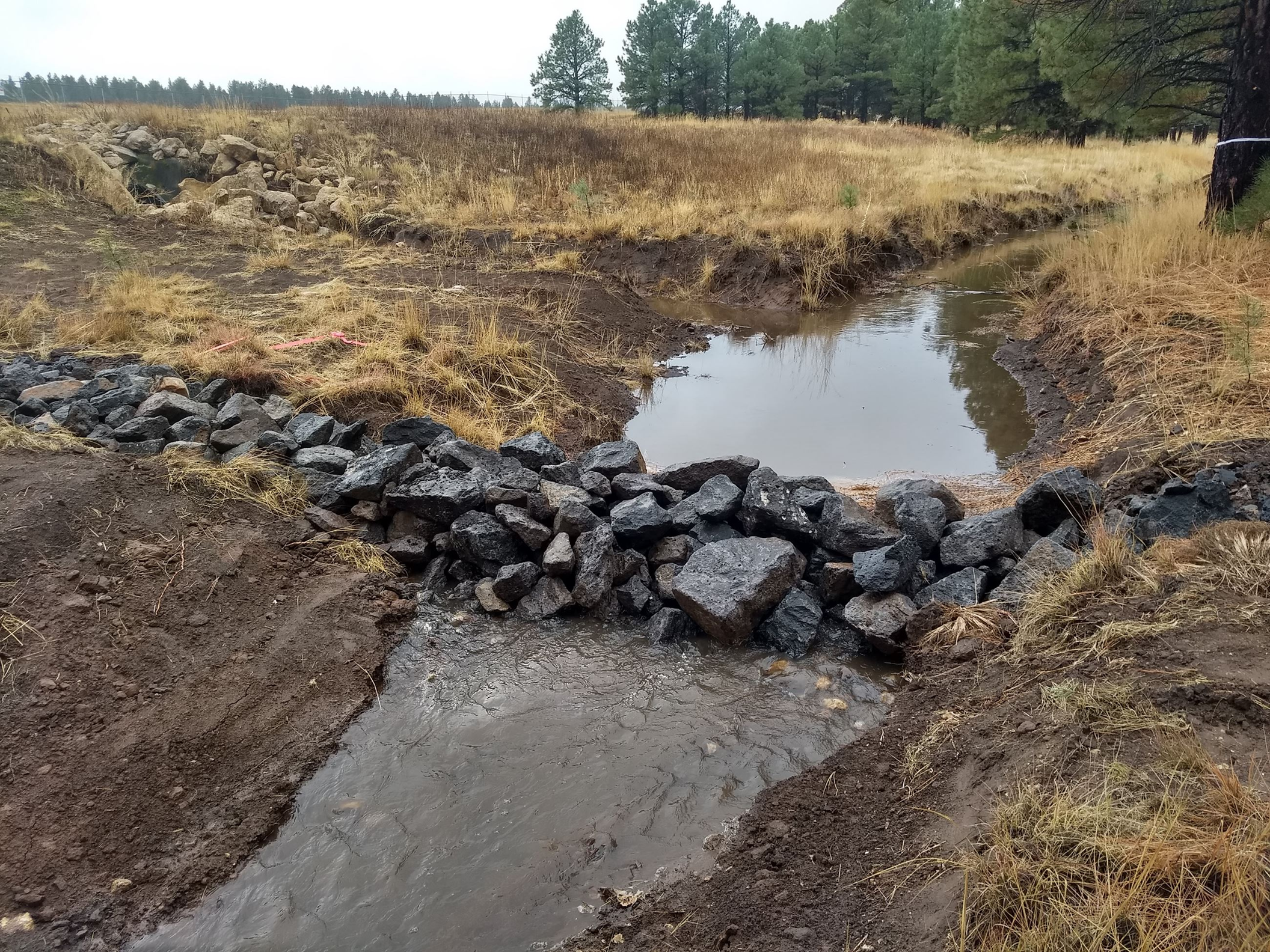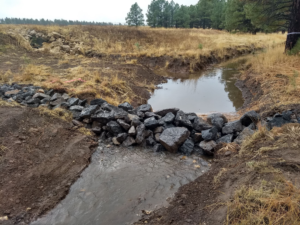In September, the U.S. Environmental Protection Agency (EPA) announced the availability of $6.5 billion for Water Infrastructure Finance and Innovation Act (WIFIA) loans. The funding is intended to incentivize private sector funding and the plan is to deliver a combined $13 billion in water infrastructure projects. The funding can be combined with revenue from a variety of sources including private equity, revenue bonds, corporate debt, grants and certain state financing options.
This year marks an important change for the WIFIA program. Its loans are available on a rolling basis and will be disbursed year-round. Recipients of the funding will also benefit from coverage under the AAA Treasury credit rating. This additional incentive provides long-term, low-cost loans for eligible water projects. The loans are scoped for projects above $20 million, and they allow for flexible repayment plans. In some cases, the loans can extend up to 35 years after project completion.
Federal funding for stormwater projects also continues to stream in from the $65 billion sum authorized by the American Rescue Plan Act (ARPA). This funding includes rules that emphasize certain kinds of projects—especially those relating to vital wastewater initiatives and stormwater infrastructure.
The Federal Emergency Management Agency (FEMA) provides even more funding for stormwater infrastructure. FEMA grants from last year continue to accelerate landmark stormwater management projects across the country. Cities, counties, and other local entities are lining up for an even greater outpour of funding during this year’s grant cycle.
This is especially true for projects in the Houston region of Texas, which has experienced devastating storm-surge flooding events in recent years. To address a sequence of stormwater infrastructure needs, city leaders and county officials will partner on 24 upcoming projects to mitigate the effects of storm-surge flooding. The interlocal agreement, which was approved in late November, stipulates that the city and Harris County Flood District will evenly split the overall cost of the projects.
One project will construct three stormwater basins to mitigate flooding events and protect residents near Brays Bayou and its network of tributaries. The city recently purchased three parcels of land, and design work will begin very soon on the sequence of $39.5 million in interlocal stormwater projects.
Another flood-proofing project in the Houston area carries an estimated cost of $96.7 million. This project will be located along Keegans Bayou and Ruffino Hills and requires a land-purchase agreement with the city of West University Place. The effort will include a channel improvement that directs stormwater to a detention facility, thereby mitigating the flooding risks for numerous neighborhoods.
A $26 million project for stormwater Improvements in the Spruce Wash area of Flagstaff, Arizona, is almost ready for the design stage. A bond proposition approved in November unlocked funding for a series of stormwater infrastructure improvements. The project will target an area that was charred by a devastating wildfire. As a result of the damaged landscape, the area has become prone to storm-surge flooding. Site surveying work began in December to lay the groundwork for detailed engineering and design stages.
Officials in Alexandria, Virginia, have authorized site planning and initial design work for a $50 million initiative related to a storm sewer system and stormwater conveyance projects. The effort will be designed to improve and mitigate flood risks for the Del Ray neighborhood which experienced recurring devastation because of inadequate stormwater infrastructure. Additionally, design will include ways to further mitigate risks by increasing storm sewer system capacity so water can be safely retained. Other components of the project will include green infrastructure and bioretention elements to capture stormwater run-off and surface pollutants.
City leaders in Springfield, Missouri, are waiting for completion of design work on a stormwater infrastructure project to mitigate flooding near Jordan Creek. The $26 million effort will include construction of five water retention basins to naturally collect stormwater runoff. A neglected creek will likely become part of the plan. Design for the first phase includes creating a channel along the infilled Jordan Creek that will be landscaped with vegetated banks, native foliage and other assets to aid with water retention during flooding events. Eventually, the city also plans to create a greenspace around the renewed Jordan Creek, which will further expand water retention capacity and allow for development in the area.
In Ohio, a $14 million project will reconfigure a 60-acre park in the city of Shaker Heights. The plan includes numerous green stormwater infrastructure features. This effort became possible after a 170-year-old dam was removed from the site. Preliminary plans for the park include components of stream hydrology since the flow of water from a stream running through the site could impact the park’s stormwater retention design.
Similar projects are in design phase throughout America. Funding for water projects in 2023 is readily available. The country’s water infrastructure has moved into high-priority status and there is little reason for public officials not to move quickly to launch critical water-related projects that will improve resources, protect citizens and prevent future destruction related to weather events.








